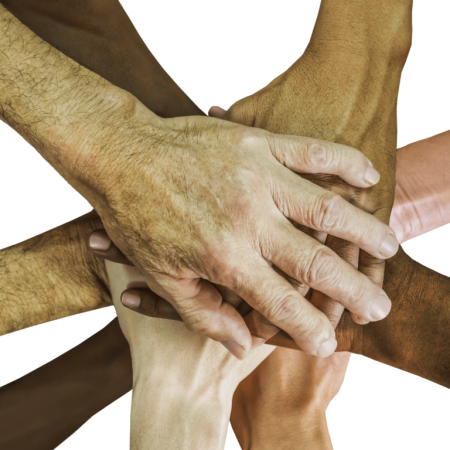Why we Need a Cultural Shift to Become a Different Type of Industry
How far has the construction industry travelled on its journey to embrace diversity? The immediate answer to that question would have to be ‘not far enough.’ Progress is being made but everyone in the sector is very aware that we still have a long way to go before the construction workforce mirrors the diversity in our society.
Creating a representative workforce is a worthwhile goal in its own right. But there are also commercial imperatives that make diversity one of the most significant challenges that the sector faces.
We have to build homes and school places at rates that haven’t been achieved for decades; we need to deliver major infrastructure projects while maximising capacity on an increasingly crowded transport infrastructure with shrinking budgets; and we need a step change in levels of productivity and innovation.
We can’t meet these challenges by recruiting from less than half of the UK population and engaging the people we’ve always engaged. We need the best talent available and we need the widest possible range of experiences and viewpoints to draw upon.
Initiatives aimed at raising awareness of the opportunities among underrepresented groups are clearly important. But the basic truth is this: we will make a significant difference not by trying to entice a wider range of people into the industry that we are, but by achieving a fundamental cultural shift that makes us a different type of industry.
Between 2005 and 2015 the proportion of women in the industry actually went down. Recent recruitment and apprenticeship data show that this trend has reversed but even optimistic forecasts are only predicting that women will make up quarter of the workforce by 2020. Should we be satisfied with that?
The Fairness, Inclusion and Respect agenda is central to making progress. Research by the Royal Academy of Engineering found that BAME and female engineers feel significantly less able to be open about their lives outside of work, and believe it is more likely that assumptions will be made about them based on ethnicity or gender than their white male counterparts. These are just some of the perceptions we need to change to become more inclusive.
Role Models
Seeing is believing. When people see somebody they aspire to be, who has come from a similar background as them, many of the perceived barriers fall away. The number of women performing senior roles in the industry grew from 6% to 16% between 2005 and 2015. As this trend gathers pace it will be easier to recruit and retain women in the workforce. Hopefully, it will also accelerate the cultural change we need.
We need more, similar role models from BAME backgrounds and people with disabilities. The basic message needs to be: whoever you are, this is the industry that will recognise and nurture your talent and deliver exciting career opportunities.
If any more justification were needed, there is a wealth of evidence to show that more diverse companies make better decisions and deliver better long-term results. Increasingly too, diversity isn’t just about mirroring society, it’s also about mirroring the organisations that do business with us. We need to double down on our efforts to make the transformational changes we need. Time is not waiting for us to catch up.

